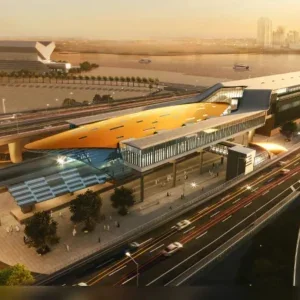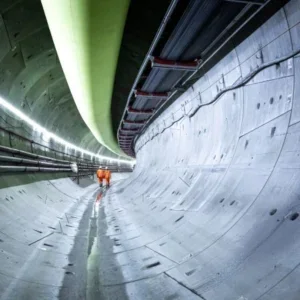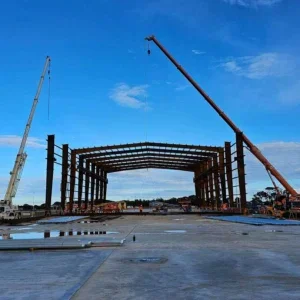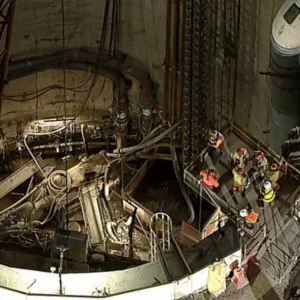Higher costs due to unforeseen poor ground has led to the allowable costs to increase by US$78M for the Skanska–Vinci JV building the Hallandsås twin tube rail tunnel project, in south west Sweden,
More than half of the excavation on the first tube has been finished in the complicated rock and groundwater conditions of the sensitive wetland region. The single TBM on the project is driving between sections built in the earlier, abandoned drill and blast effort to build the 8.6km long twin tube tunnels.
On the second attempt to build the link, the JV contractor and the client – the Swedish railway administration (Banverket) – have had their own challenges, with excavation proceeding first on the east tunnel. The geology along the aligment comprises gneiss, amphibolite and dolorite with UCS of more than 250MPa but the abrasive rock is heavily fractured, blocky and there have been both falls and heavy inflows.
Skanska said that the boring equipment had been wearing out more than expected and progress was slower than anticipated. In April, when the drive met tunnels built by the earlier construction attempt, the opportunity was taken to replace the 10.53m diameter cutterhead of the Mixshield (S-246). The shield was also refurbished and the disc cutters were increased in size from 17” to 19”. Progress rates on the northbound drive have improved after the relaunch.
The increase in contract cost follows negotiations between the JV and Banverket, which said agreement had been reached to share responsibility for the delay. Banverket added that it planned to adjust the contract concerning the completion of the works.
The JV’s project director, Ander Rehnstrom, said: “We are not pleased that the project is delayed. However, we now have agreed on a solution with which both are satisified.”
He added: “We also consider that we have a functioning technical solution and that the project can be executed in an environmentally safe manner.”
The TBM was launched in October 2005 and has completed just over 3.4km, or 40% of the 9.4m i.d. first tube, excluding the earlier works. The TBM has just over 1km left to excavate on the first bore. The JV now expects to complete its work in 2014, said Skanska, which is leading the JV.
Bankverket said last month the project is now expected to be entirely operational in 2015 – three years later than originally planned. The delay and setbacks will have increased the total cost of the rail link by US$104M, it added.
A major problem during the project was the environmental damage to wetland when groundwater levels were drawn down by up to 60m by the excavation.
The TBM is designed to work in 13 Bar. To deal with the significant overbreak and inflows, the tunnelling work involves a minimum annular gap of 220mm outside the 540mm thick segments. Each ring then requires approximately 18m3 of backfill and then secondary grouting. By May this year the depressed groundwater levels had recovered to support the wetlands (T&TI, June, p11).
Banverket said progress has been slower on the works than expected but has noted recent, gradual improvement, and that more than 800m of tunnel has been built since mid-year. However, inflows continue to present problems and recent progress rates have been down to just less than 30m in a week as pre-treatment is carried out ahead of the face and the lining is sealed. Preparations for ground freezing are underway at the north end of the works.
Construction on the project started in 2004 – or, rather, was re-started by the client after a seven-year interval. The earlier works, which ended in 1997, saw 1.7km excavated for each tube at the south end of the project and 1.2km for each tube in the north end. Counting the earlier works and the TBM progress, the client said more than half of the main bores has been built.
Banverket added that the total cost of the project, including works from the 1990s, would be approximately US$1.37bn adjusted to current values.
Hallandsas’ Herrenknecht TBM







